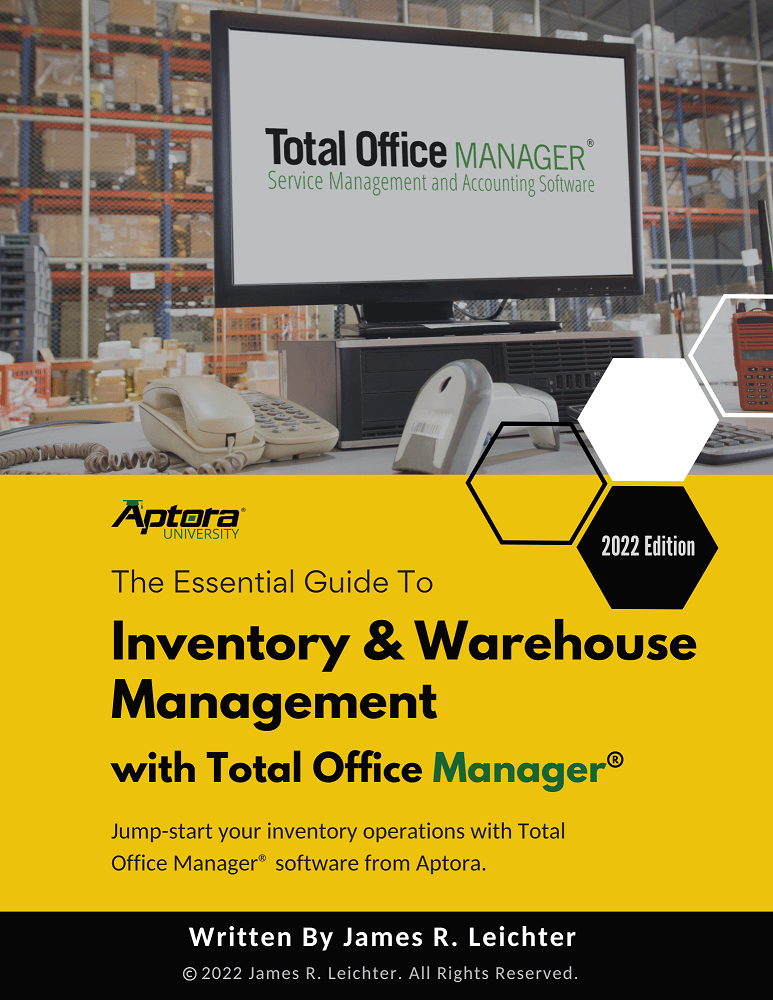
How to Write a Winning HVAC Business Plan (FREE Template)
In my 27 years navigating the trenches of this industry, from turning a wrench to consulting for hundreds of contractors, I’ve seen a clear dividing

Key Takeaways
If you’ve ever squinted at a balance sheet and wondered, “Wait, is accounts receivable an asset or a liability—or just some mystical number floating around?” —you’re not alone. For field service businesses especially, where jobs are billed after completion, understanding where A/R fits in your financial picture is critical.
In this no-fluff guide, we’ll lay out why accounts receivable is considered an asset, how it affects your cash flow and business value, and the smart moves you should be making to manage it better.
In simple terms, accounts receivable (A/R) is the money customers owe your business for services you’ve already delivered but haven’t been paid for yet.
Quick Example
You install a new HVAC system for a commercial client. You send the invoice for $8,000 due in 30 days. Until they cut that check, that $8,000 sits on your books as an accounts receivable.
❗ Important point: You’re legally entitled to that money—it’s not a “hope” or a “maybe” unless you’re dealing with seriously shady customers.
Assets are resources owned by your business that provide future economic benefit. Accounts receivable is money coming your way—it just hasn’t arrived yet. You’ve done the work; you’ve delivered the value. All that’s missing is the actual payment.
Short Version:
⚠️ A heads up: Using an accrual accounting method instead of a cash accounting method can add complexity to your bookkeeping. To avoid common pitfalls, check out our article, Cash vs Accrual Accounting: The Difference Could Kill Your Business.
Current assets are assets you expect to convert into cash within one year. Because most invoices are due within 30 to 90 days, A/R neatly fits the “current” category.
Typical Current Assets Include:
When you’re sizing up liquidity (i.e., how easily you can meet short-term obligations) accounts receivable is a big player.
Your balance sheet has three main sections:
Accounts receivable shows up under Assets, usually right after cash and cash equivalents.
Example of a balance sheet snippet:
| Assets | Liabilities and Equity |
| Cash: $50,000 | Accounts Payable: $20,000 |
| Accounts Receivable: $75,000 | Long-term Debt: $60,000 |
| Inventory: $30,000 | Owner’s Equity: $75,000 |
| Total Assets: $155,000 | Total Liabilities and Equity: $155,000 |
Notice that A/R increases your asset total, which boosts your company’s book value.
Here’s a quick cheat sheet:
| Asset Type | Example | How Fast You Can Turn It Into Cash |
| Cash | Checking account balance | Instant |
| Accounts Receivable | Outstanding customer invoices | 30-90 days, on average |
| Inventory | Supplies waiting to be sold | Varies depending on sales speed |
| Equipment | Company trucks, HVAC tools | Much slower—might require sale |
Accounts receivable isn’t quite as good as cash in hand, but it’s much closer than, say, a work truck you’d have to sell.
While accounts receivable is an asset, there’s an asterisk: you only get the benefit if customers actually pay.
Two things to watch out for:
Facing a customer bankruptcy? Find out how to recover what you can.
That’s why many businesses set up an allowance for doubtful accounts (AFDA)—a guess at how much A/R might never convert to cash.
State your payment terms upfront in your quotes and contracts. Net 30 (due in 30 days) is standard, but for risky clients, consider Net 15.
Send invoices the same day work is completed and ensure their accuracy. Errors on invoices can delay payment unnecessarily—so, if you haven’t already, ditch the manual bookkeeping and shop for software.
A reminder a few days before the due date, a second on the due date, and a firmer one if the invoice goes past due.
Run an aged A/R report at least monthly to spot slow-paying accounts before they become bad debts.
Sample Aged Trial Balance Layout:
| Customer | 0-30 Days | 31-60 Days | 61-90 Days | 90+ Days |
| Big Energy Co. | $5,000 | $1,200 | $0 | $0 |
| HVAC Supply Inc. | $0 | $2,500 | $1,000 | $3,000 |
Offer small discounts for early payments (e.g., 2% off if paid within 10 days) and apply late fees for overdue invoices.
For more insights on how overdue invoices can impact your business, warning signs of potential nonpayment, and best practices for collecting payments, check out How to Handle Unpaid Invoices by Stripe.com.
A dollar not yet collected isn’t worth as much as a dollar in your bank account. Forecast conservatively.
The longer you wait to chase overdue accounts, the colder the trail gets—and the harder the collection.
New customers should earn the privilege of Net 30. Run basic credit checks or get trade references.
Build a buffer for the real-world reality that some invoices will never get paid.

Example:

Lower DSO = Faster payments = Healthier cash flow.
So, is accounts receivable an asset? Absolutely. It represents future cash and plays a vital role on your balance sheet. But like any good tool, it’s only valuable when handled wisely. If you treat A/R as a living, breathing piece of your cash flow—monitoring it closely and acting swiftly—you’ll keep your business solvent, scalable, and sane.
Don’t let unpaid invoices sneak up and strangle your cash flow. Track it. Manage it. Respect it.
Ready to master your accounts receivable once and for all? Start by reviewing your current A/R balance, flag overdue invoices, and refresh your customer communication game. Don’t treat your receivables like a dusty IOU pile—treat them like the lifeline they are. Stronger A/R management means stronger cash flow, better forecasting, and fewer financial headaches down the road.
Boss up your A/R management with Aptora’s Total Office Manager. With its robust suite of reports, you’ll gain the detailed financial insights you need to stay on top of your accounts receivable with ease!
Accounts receivable is a current asset because it’s expected to convert to cash within a year. It reflects sales made on credit that you anticipate collecting soon—typically within 30 to 90 days.
If you determine it’s uncollectible, you write it off as bad debt expense and remove it from your assets. This protects your financial statements from overstating revenue and gives a clearer picture of actual income.
Yes. You can sell A/R to a factoring company for immediate cash—although they take a cut. This is a common financing option for businesses that need to improve cash flow quickly but may impact profit margins.
At least monthly. Weekly reviews are even better if cash flow is tight or if you’re scaling fast. Frequent reviews help spot delinquent accounts early and give you time to follow up before balances become uncollectible.
It can. Offering terms like Net 30 gives customers time to pay but also increases the chance of delays or non-payment. Vet customers carefully and enforce your policies. Consider using late fees or early payment discounts to manage that risk.

Subscribe to our newsletter


By submitting this form, I agree to receive marketing communication via phone call, email, or SMS from Aptora.

By submitting this form, I agree to receive marketing communication via phone call, email, or SMS from Aptora.